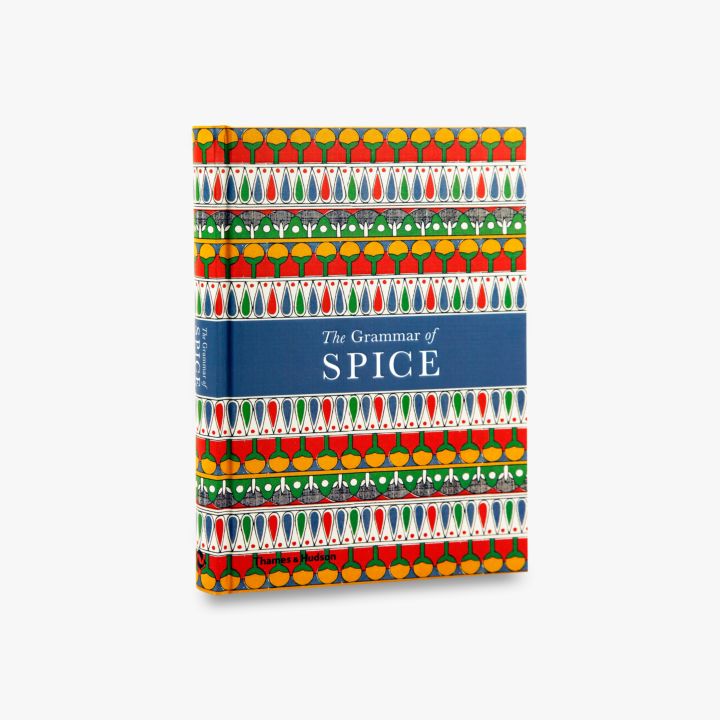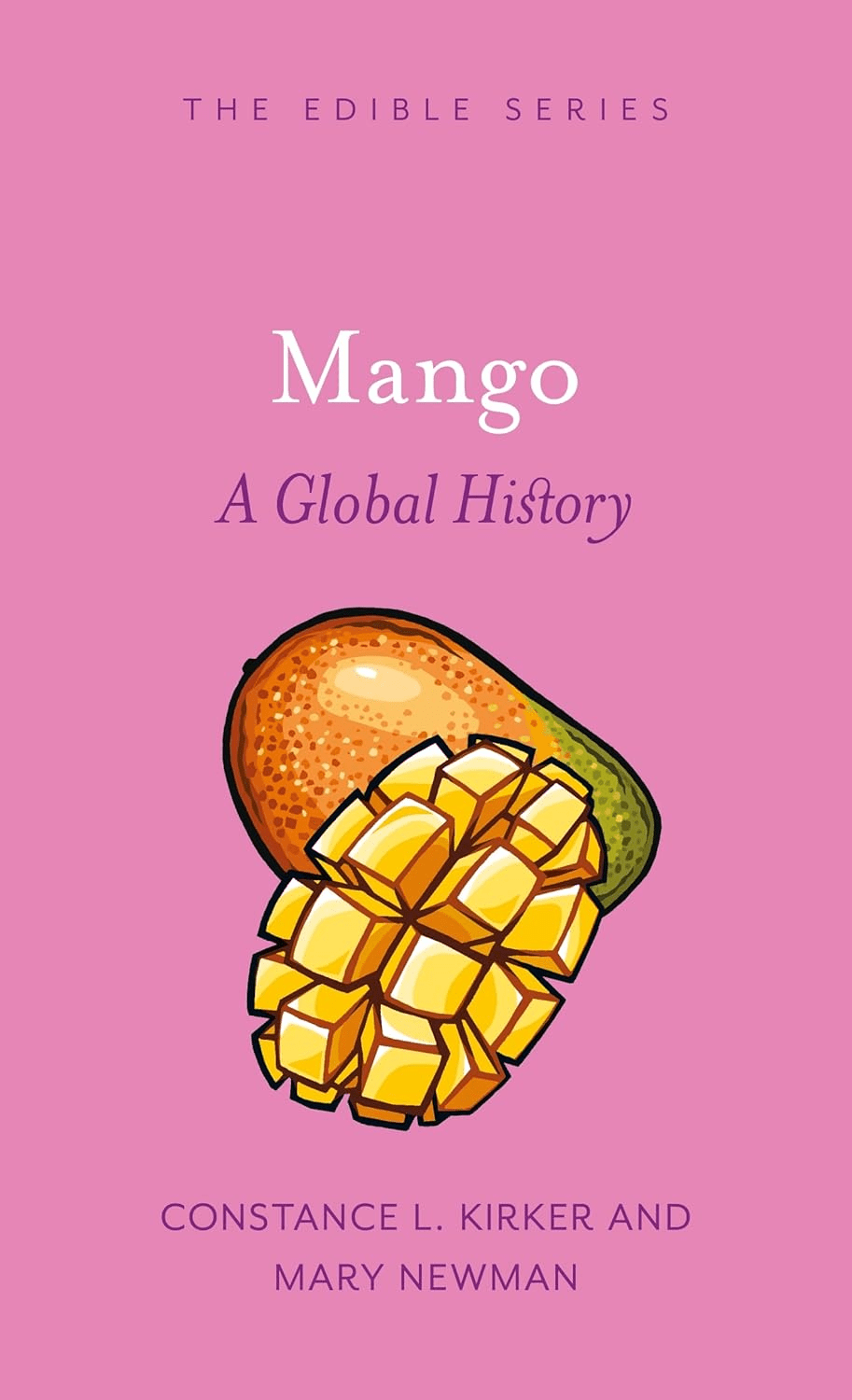
The Grammar of Spice
Tom Verde
Caz Hildebrand
2017, Thames & Hudson, 978-0-50051-967-7, £16.95 hb.
If every picture tells a story, so does every spice, as this enlightening and handy (all entries include menu suggestions) volume points out. Medieval Arab merchants made a fortune shipping nutmeg from Banda Islands—part of today’s Indonesia—“to cater to the luxurious tastes of European aristocrats,” writes Hildebrand. Sailors approaching Banda reportedly smelled the spice “before they even saw the islands.” Ginger will make fish “flock to the hook” when its juice is applied to bait, according to fishermen’s lore. Carob is also known as St. John’s bread, after John the Baptist, whose puzzling diet of locusts and wild honey may have really consisted of the pods “also known as locust beans.” Molasses made from carob remains “a traditional sweetener in the Levant.”
You may also be interested in...

Archaeology and Geology of Ancient Egyptian Stones
Spanning three decades of fieldwork, Archaeology and Geology of Ancient Egyptian Stones is as vast as its subject: the stones ancient Egyptians used to shape their civilization.
Book ‘s Take on Mangos Serves Up a Curious Mix of Food and History
Constance L. Kirker and Mary Newman trace mango’s cultural and culinary significance around the world.